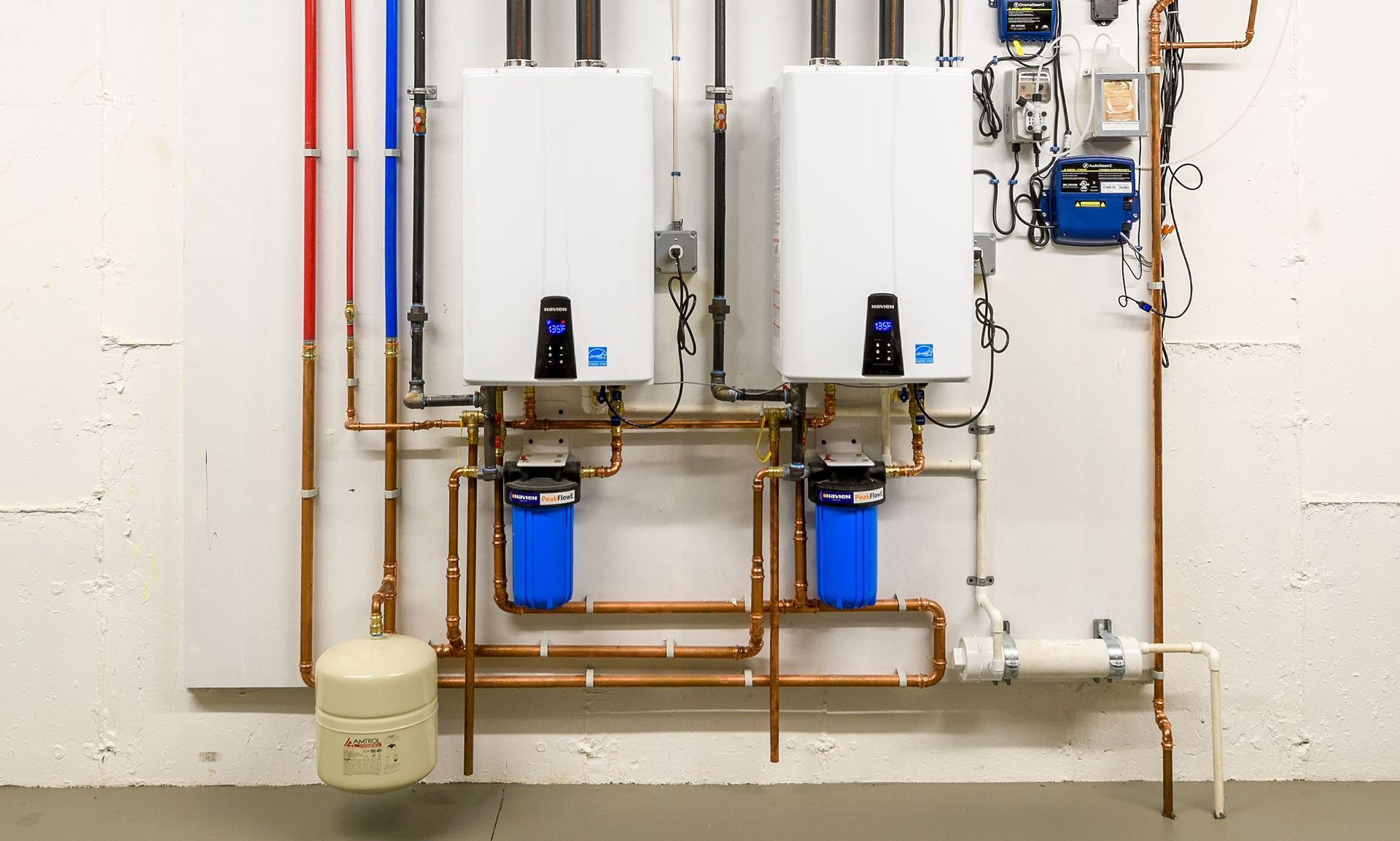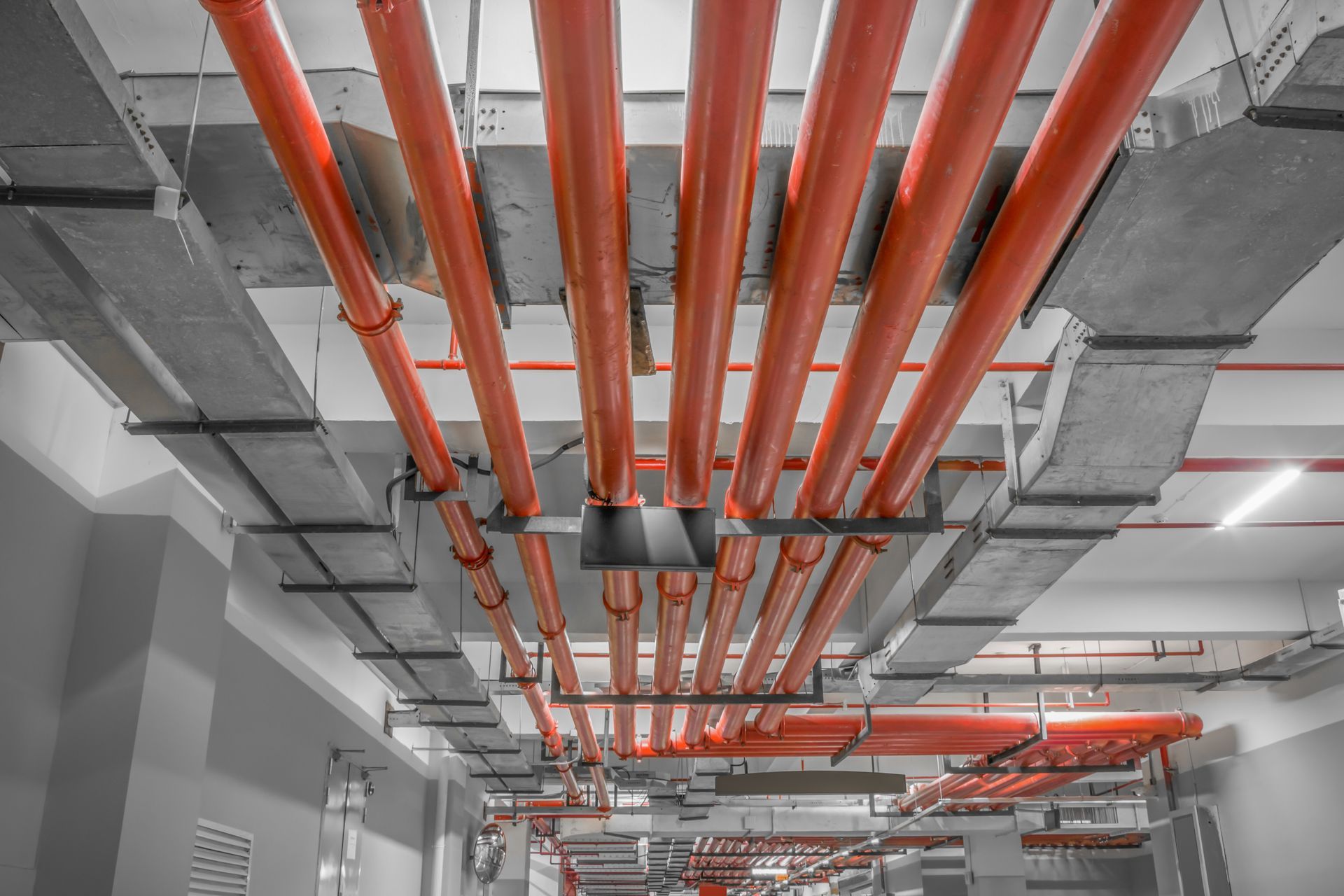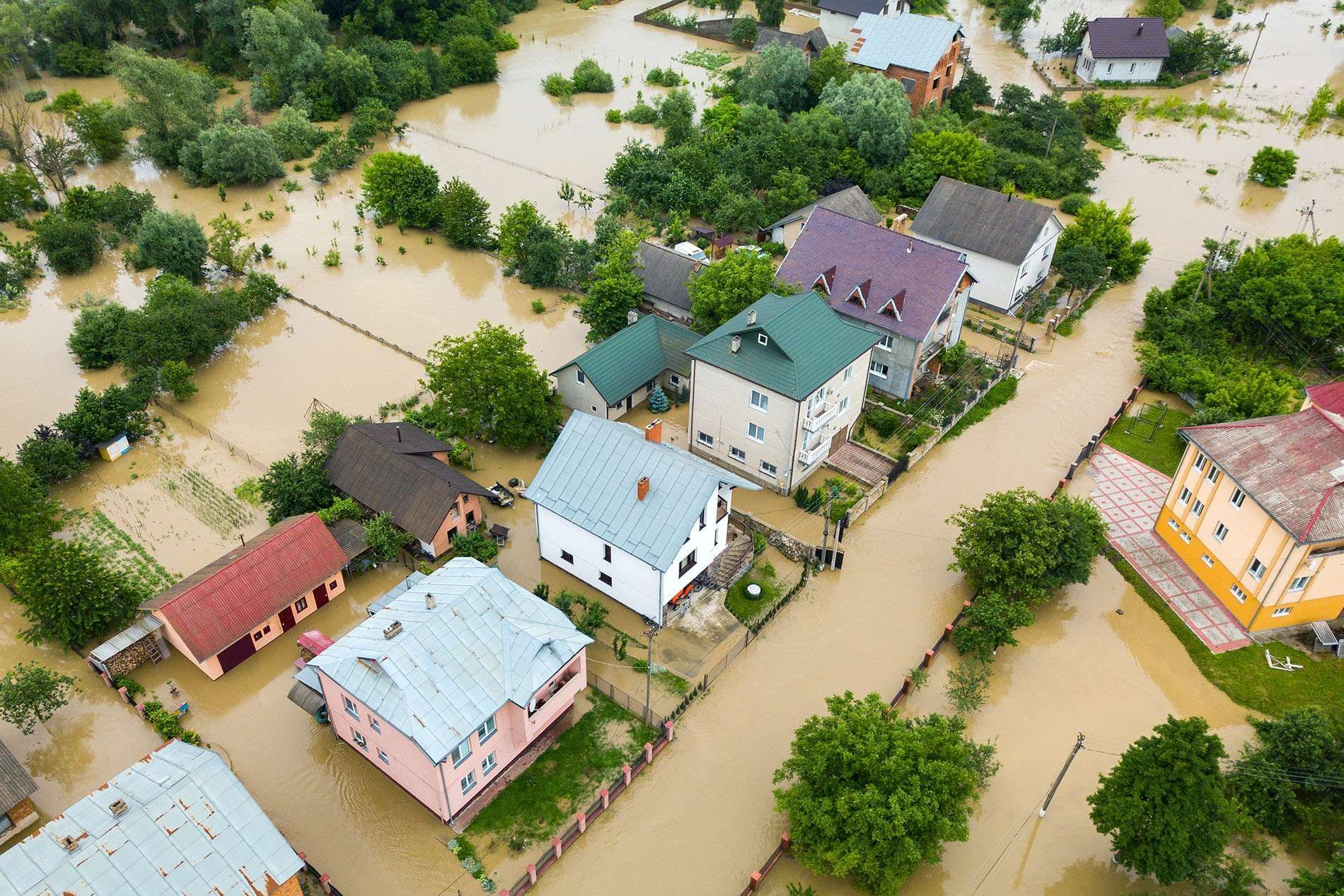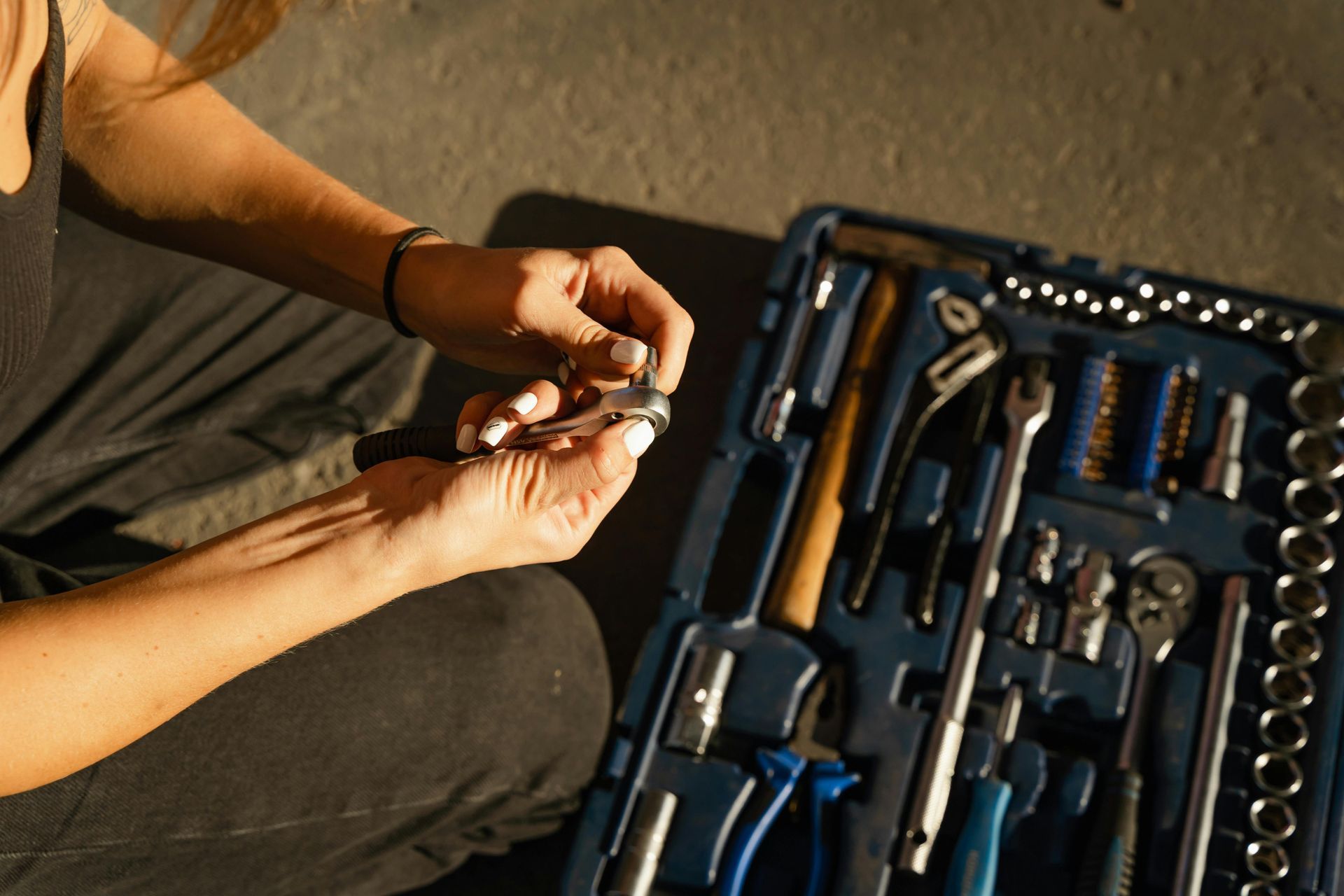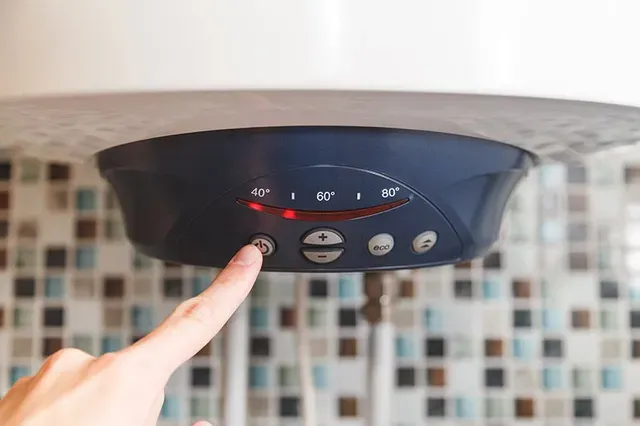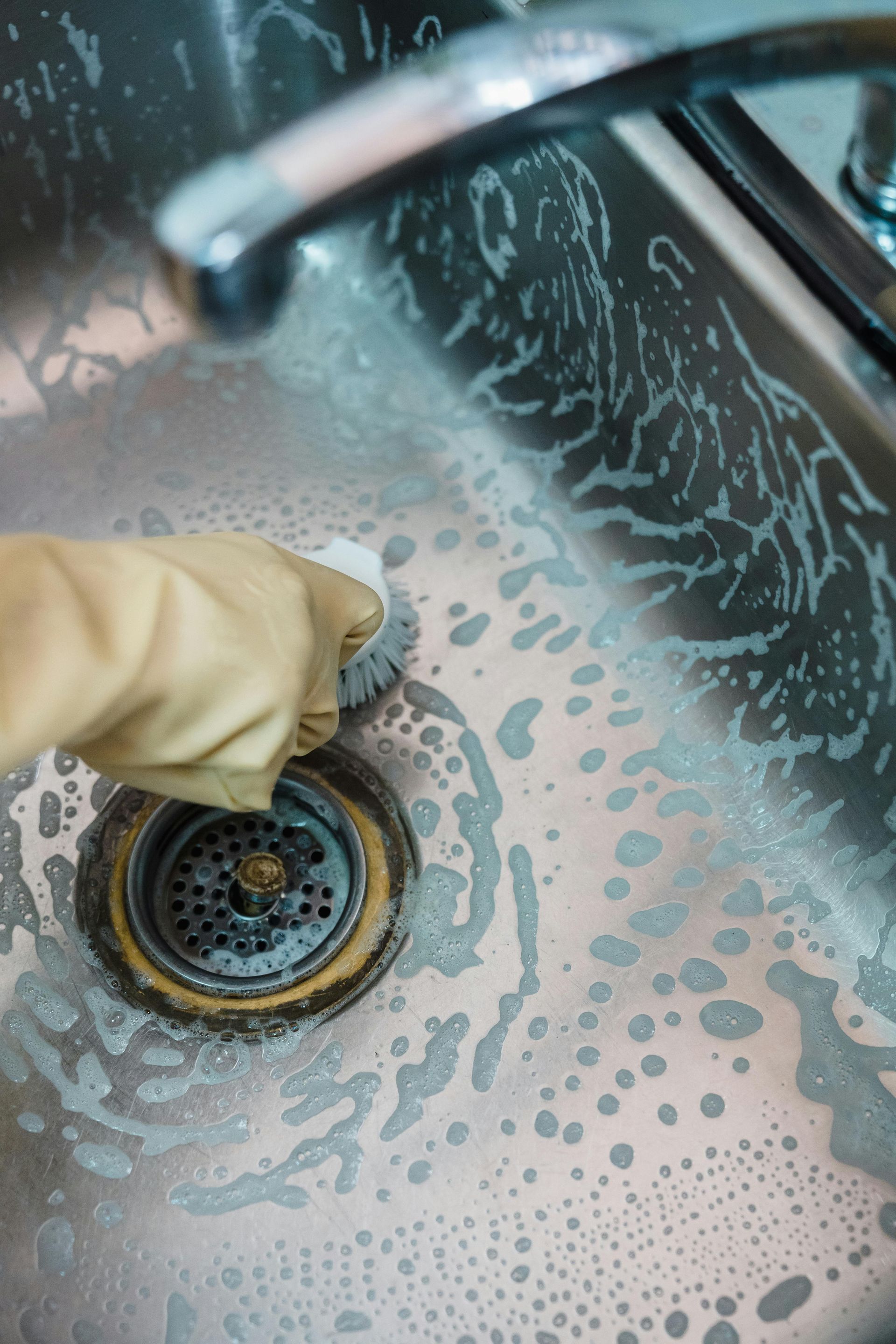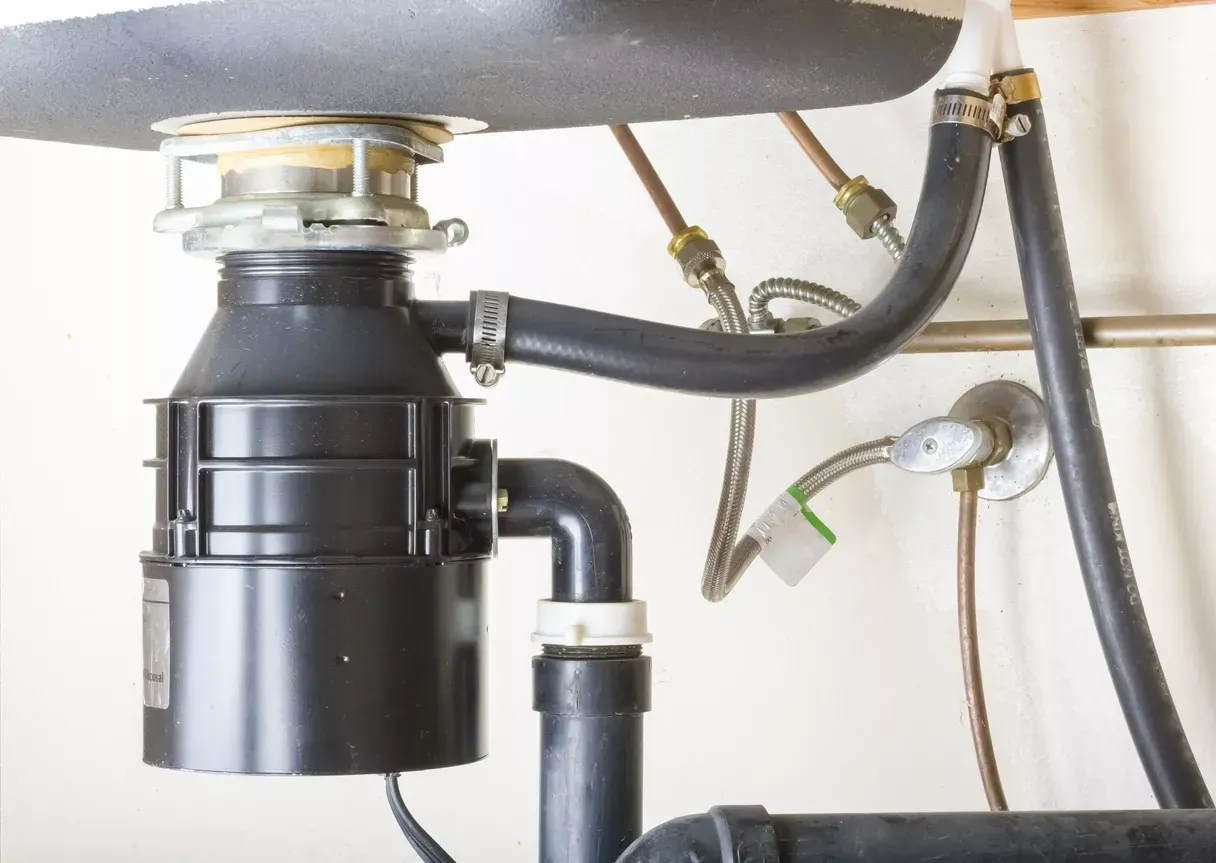How to Detect a Water Leak Without Destroying Your Home
Discovering a water leak in your home can feel like a homeowner’s worst nightmare—especially if it’s hidden behind walls, under floors, or in ceilings. The thought of tearing apart your living space just to find a leak is daunting, expensive, and disruptive. But here’s the good news: you don’t need to rip your home apart to locate a leak. With the right knowledge, tools, and strategies, you can detect water leaks without causing unnecessary destruction.
Whether you’re dealing with suspicious stains, musty odors, or unexplained spikes in your water bill, this guide will walk you through how to detect a water leak while keeping your home intact. We’ll explore common causes, smart methods for locating leaks, the risks of leaving them undetected, and the best steps to take before calling in a pro.
Let’s dive into this watery mystery—without soaking your walls.
Ways Your Bathroom Could Be Costing You Money
The Silent Threat: Why Water Leaks Are So Dangerous
Water leaks are sneaky. They often start small and unnoticeable—just a drip behind a wall or a hairline crack in a pipe. But over time, even minor leaks can escalate into major problems. Think mold growth, wood rot, weakened drywall, and damage to flooring or electrical systems.
Even worse? Some leaks go undetected for months because they don’t leave visible clues right away. That’s why early detection is everything.
Ignoring a leak is like letting a time bomb tick away behind your walls. The longer you wait, the more damage it causes—and the higher the repair bill climbs.
Common Causes of Hidden Water Leaks
Before you can find a leak, it helps to understand what might be causing it. Water can find the smallest paths to escape, and a range of culprits could be to blame:
Leaky pipes are often the biggest offenders, especially in older homes with worn-out plumbing. These can occur behind walls, under floors, or in ceilings.
Faulty appliances like dishwashers, washing machines, and water heaters can slowly leak if their hoses or valves become loose or corroded.
Clogged drains and overflows from sinks, tubs, or toilets can lead to slow leaks that go unnoticed until damage is visible.
Roof damage or compromised flashing may cause rainwater to leak into the attic or walls.
Poorly sealed windows, exterior siding gaps, or foundation cracks can let in moisture from outside.
Understanding where to look is half the battle—but the real magic lies in how to look without breaking anything.
Step-by-Step: How to Detect a Water Leak Without Causing Destruction
So, how do you uncover a hidden leak without taking a sledgehammer to your drywall? It starts with observation and a bit of detective work—then moves into using technology wisely.
Step 1: Watch Your Water Bill
An unusually high water bill is often the first clue. If your water usage hasn’t changed but your bill keeps climbing, a hidden leak could be to blame. Compare your recent bills with those from the same month last year to spot any odd patterns.
Step 2: Do a Meter Check
This simple test can tell you if water is flowing somewhere it shouldn’t be. Turn off all faucets, appliances, and water-using fixtures in your home. Then check your water meter and take note of the reading. Wait an hour without using any water, then check the meter again. If it’s changed, there’s likely a leak.
Step 3: Look (and Sniff) for Clues
Leaks often leave behind subtle signs before they cause visible damage. Keep an eye out for these red flags:
- Peeling paint or wallpaper
- Warped or discolored walls, floors, or ceilings
- A musty or moldy smell, especially in basements or bathrooms
- Damp carpets or flooring without an obvious source
- Mold or mildew growth in corners or along baseboards
Trust your senses. A bad smell in a dry room often means water is hiding somewhere nearby.
Step 4: Use Infrared or Moisture Detection Tools
Here’s where things get high-tech—but still DIY-friendly. Infrared thermal imaging cameras can detect temperature changes in walls or floors. Leaks often create cool spots because water evaporates and cools the surface. You don’t need a professional-grade camera either—many hardware stores now rent them out, or you can buy an affordable handheld version.
Moisture meters are another great tool. They measure the moisture content in wood, drywall, or other surfaces. If you find a suspicious area, use the meter to check whether the material is wetter than it should be.
Step 5: Use Dye Testing for Toilets and Drains
Toilets are notorious for slow, silent leaks. Add a few drops of food coloring into the toilet tank and wait 15–20 minutes. If the color appears in the bowl without flushing, you’ve got a leaky flapper valve.
Similarly, use a colored liquid (even juice or soda) in your tub or sink and watch where the water goes. If it drains out faster than expected or you notice discoloration in nearby walls, it could signal a hidden leak.
Reasons to Keep Your Sinks Maintained
Risks of Ignoring Hidden Leaks
The temptation to delay repairs—or pretend the problem doesn’t exist—is real. But the risks of ignoring a water leak are serious.
Unchecked leaks can lead to extensive structural damage. Wood framing can weaken or rot. Drywall can collapse. Electrical wiring can be compromised, raising the risk of fire or shock. Not to mention, mold growth can trigger respiratory issues, allergies, and other health problems.
And here’s the kicker: homeowners insurance often won’t cover long-term damage caused by negligence. If you knew about a leak and didn’t act, you might be footing the entire repair bill yourself.
Expert Advice: When to Call in a Professional
There’s only so much a homeowner can do before it’s time to call in the experts. If your leak is behind a major wall, under a slab foundation, or causing visible damage, don’t wait. Licensed plumbers have specialized tools—like acoustic leak detectors, pipe inspection cameras, and thermal scanners—that can locate the exact source without tearing anything apart.
Even better, professionals can often fix the problem on the spot, preventing further damage and giving you peace of mind.
Many plumbers now offer non-invasive leak detection services, which means they can pinpoint the issue with minimal disruption to your home.
Preventive Measures: How to Avoid Future Leaks
Detecting a leak is great—but preventing one is even better. A little maintenance goes a long way in keeping your home dry and damage-free.
Start by inspecting your plumbing regularly. Look under sinks, around appliances, and behind toilets for signs of moisture. If you see corrosion or hear hissing from pipes, it may be time for a replacement.
Install leak detection devices that automatically alert you when a leak is detected. Some smart sensors can even shut off your water supply to prevent flooding.
Replace old hoses and fittings every few years, especially those connected to washing machines and dishwashers. And always insulate exposed pipes in winter to prevent freezing and bursting.
Keep gutters and downspouts clean to prevent rainwater from seeping into your foundation, and seal any cracks in exterior walls.
Final Thoughts: Save Your Walls and Your Sanity
A hidden water leak doesn’t have to mean disaster—and it doesn’t have to mean demolition either. By learning to spot the signs, using smart detection methods, and staying proactive with maintenance, you can catch leaks early and fix them before they escalate.
Remember: your home doesn’t have to suffer just so you can find the source of a little water. With the right approach, you can outsmart leaks and keep your walls—and your wallet—safe.
When in doubt, always trust your instincts, trust the tools, and when needed, trust the pros. Because when it comes to water damage, a stitch in time truly does save nine.
